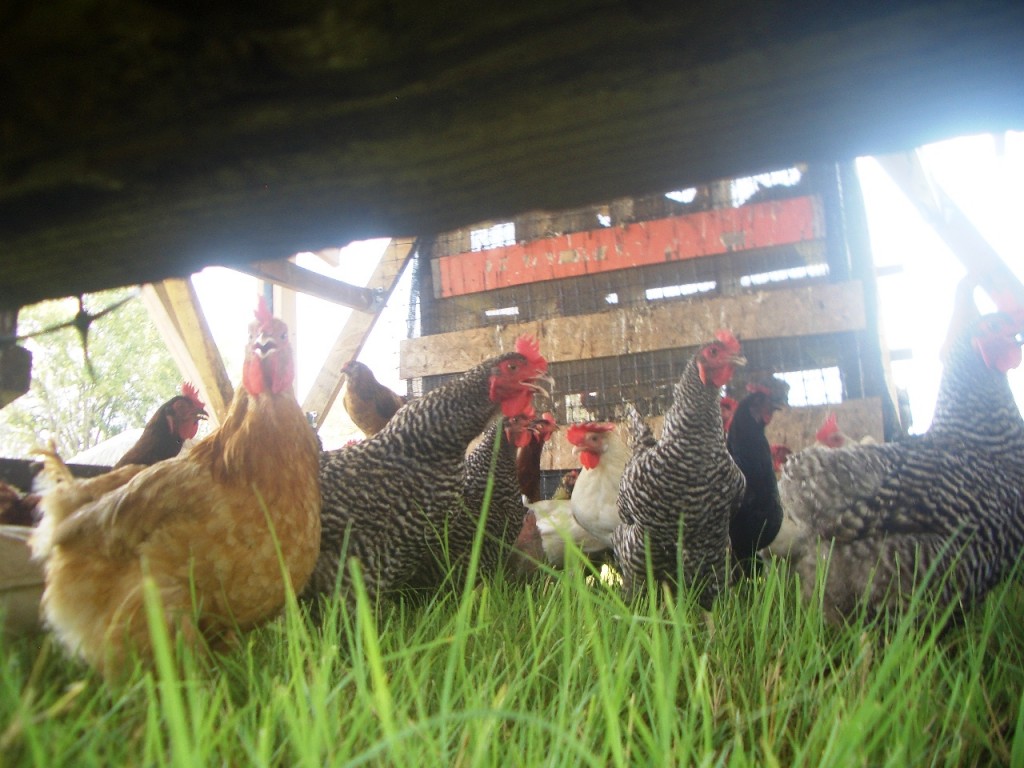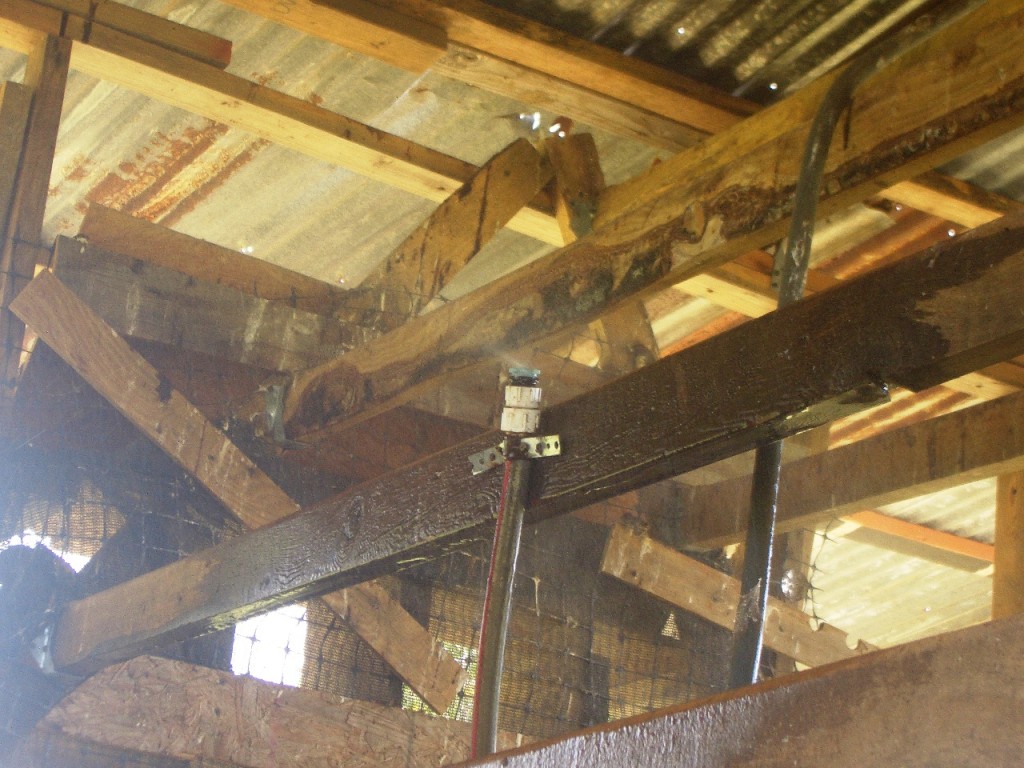Farm Day was a hit at Shady Grove Ranch! We had a small group, which was lovely for taking our time and having plenty of interesting conversations about sustainable agriculture. Once everyone had arrived, we loaded up onto the hayride to collect eggs. Matt hooked us up to the tractor, and away we went!
We had all the workers and the egg baskets. Toby, the farm dog, decided to join us.
What lovely weather here in East Texas that day!
Once we arrived in style at the chicken paddock, everyone headed over to the Egg Mobile to see some truly pasture-raised egg-laying chickens.
A couple of our older helpers grabbed the egg baskets, and Bailey showed them how to collect eggs without breaking them. It worked moderately well…
The chickens were busy foraging for breakfast while we were collecting ours. Shady Grove Ranch eggs are produced by non-medicated chickens that have a soy-free, GMO-free diet primarily based on forage. We give them a new quarter-acre paddock every week.
There is no helper too small at Shady Grove Ranch! These two helpers peer into the ventilated nest boxes in search of white, brown, and green eggs.
Next it was time to move the broiler chickens. More helpers! Their job was to encourage the chickens toward the front of the mobile pens while Matt pulled them to fresh pasture during their daily move. Clapping usually does the trick.
The kids observe the chickens happily pecking away at their new salad bar. They get a new one every morning.
Then it was time to see the beef cows. Matt tells us about his breeding and grazing strategies. Raising well-marbled, delicious grass-fed beef is all about good genetics and proper rotational management.
The best part about sustainable farming is that it is safe (relatively speaking) and kid-friendly because there are no chemicals, and the animals are not stressed. One of our visitors meets Bulls-Eye, one of our finest heifers. She should calve sometime before spring.
Gordita, our matron cow who has given us two beautiful heifers, came to check out the hayride and its occupants. Maybe she wanted to taste the hay.
She was a little too shy to come close enough to munch, but Toby decided to get in on the action and get a nice warm rub-down.
Pretty soon, he was totally buried.
Toby just loves to be loved. He makes a great farm dog.
.We enjoyed our time with our visitors! We hope to have more farm days in order to share our work and our passion for raising real food. Join us next time!






















